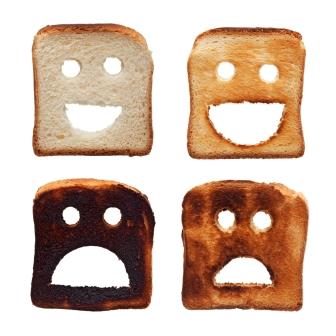 A recent poll carried out by The Royal Pharmaceutical Society demonstrated that 80% of us did not know what SPF protection means! 56% did not realise that SPF is only in relation to UVB rays and not UVA. The end result – clearer labelling is needed on sun protection products, perhaps moving to a much simpler system of low, medium, high and very high protection taking in to account the UVA & UVB components.
A recent poll carried out by The Royal Pharmaceutical Society demonstrated that 80% of us did not know what SPF protection means! 56% did not realise that SPF is only in relation to UVB rays and not UVA. The end result – clearer labelling is needed on sun protection products, perhaps moving to a much simpler system of low, medium, high and very high protection taking in to account the UVA & UVB components.
Perhaps equally as concerning was that over 50% of the people are never using sun protection and 15% of those with children were not checking for a UVA rating.
So, this cause for different labelling is a great idea but it is not going to help us right now. So whether you are staying in the UK or are jetting off on holiday here is the lowdown on what you need to know to protect you and your family in the sun:
1) Go for a broad spectrum sun screen that has UVA & UVB Protection.
2) Use an SPF factor 15 as a minimum to protect against UVB rays. Sun factors rely on you knowing how long it would take for you to burn without using sun screen. So if you would normally burn in 10 minutes (unprotected), then using a factor 15 would allow you to be protected for 150 minutes. When in doubt – go higher.
3) In the UK, UVA protection appears as a star rating on the bottle, from 0 – 5 stars. The higher the star the greater the protection.
4) When purchasing sun screen – check that it is not past its expiry date. Sometimes it is okay to use last year’s sun screen; they can have a life of several years. They need to have been stored in a cool location out of direct sunlight. Check the bottle, as there will be a manufacturing logo on it showing how long it can be used for after opening.
5) You should aim to spend time in the shade when the sun is at its hottest – between 11am – 3pm.
6) Apply sun screen before you go out and reapply regularly. Most people miss bits and also use a lot less than the recommended amount. Don’t forget to protect your scalp. Sweating in the heat and swimming will also remove the product, even if you are using a waterproof version, so keep topping up.
7) It is a misconception that a ‘base tan’ will protect you. Also do not be lulled in to staying in the sun longer or applying lotion less frequently because you have used a high factor product.
8) Lastly, remember to also protect your eyes. Look for a CE or British Standard mark when purchasing. You want glasses with a 100% UV protection.
None of us want to get burnt in the sun, but occasionally we do get caught out. If you are worried, then regular checking of skin and keeping an eye on any moles is a good idea. For moles follow the ABCD route:
A = Asymmetry, check if the two halves of your mole look different.
B = Border, check to see if the border of the mole is blurred, irregular or jagged.
C = Colour, check if the mole is uneven or has more than one shade/colour.
D = Diameter, look to see if any of your moles are wider than 6mm (which is about the size of an eraser at the end of a pencil).
You are now all set, for safe fun in the sun – enjoy!
Tweet